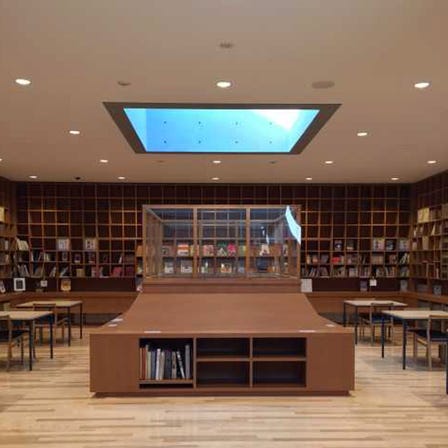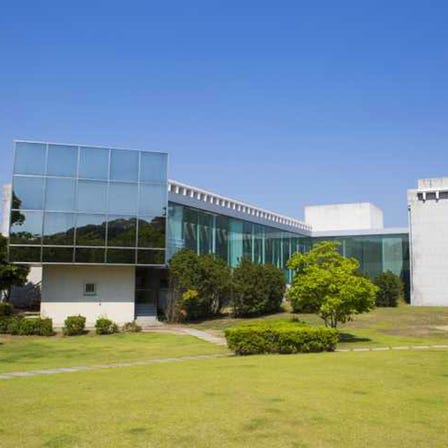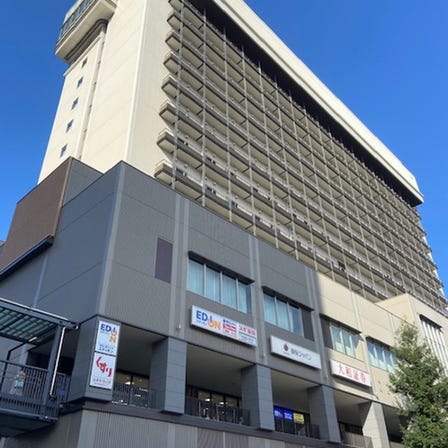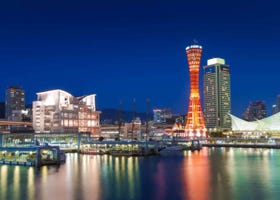Description
Nicknamed the ”Shirasagi-jo Castle” for its resemblance to a snow-white egret taking flight, Himeji-jo Castle in Hyogo prefecture was designated as a National Treasure in 1951, and became Japan's first place to gain World Cultural Heritage site listing in 1993. The castle dates back to 1346 when Sadanori Akamatsu built a full-scale castle on Mt. Hime. After the Battle of Sekigahara, Terumasa Ikeda, who became the lord of Himeji-jo Castle in 1600, started a drastic renovation. Tadamasa Honda, lord from 1617, extended Sannomaru and Nishinomaru to eventually complete the castle complex as it now stands. In 2015, this exquisite castle was restored thanks to the completion of the Great Heisei Repairs, which was a nationwide effort to restore old buildings to their ancient appearance. The castle is a valuable cultural asset that has remained unchanged with its structures such as castle towers, turrets, and gates intact for 400 years without being damaged by war.
The chalk Dai Tenshu—towering majestically 92 meters above sea level
The Dai Tenshu (the large castle tower) is the symbol of Himeji-jo Castle. Measuring 31.5 m high, the tower is perched atop a 14.85-m stone wall that itself rests on the 45.6-m high mound of Mt. Hime. The top of the Dai Tenshu is 92 meters above sea level and is widely visible around Himeji. The tower has five tiers with six stories above the ground and one underground level.
Kesho Yagura—built for Lady Sen, Ieyasu's granddaughter
Lady Sen, a granddaughter of Ieyasu Tokugawa, married Tadatoki Honda, the eldest son of Tadamasa Honda in 1616. Lady Sen received a marriage allowance of 100,000 koku (a unit of weight) that is believed to have been used as funds to maintain Sannomaru and Nishinomaru. The second floor of the Kesho Yagura (cosmetic tower) in Nishinomaru is a zashiki (seating area) allegedly used by Lady Sen as a private retreat.
Hishi-no-mon Gate—a magnificent castle gate in the design of the Azuchi Momoyama period
Protecting the entrance to Ninomaru, the Hishi-no-mon Gate is known as an exquisite castle gate in the Momoyama architectural style. Its lattice windows and kato windows (window with a special curvilinear top part) are decorated with black lacquer and gilt fixtures. The name ”Hishi-no-mon” came from the fact that the kabuki (the upper crossbar that connects the pillars on either side of the gate) on the main front pillars of the gate was embellished with a wooden crest in the shape of a hishi (rhombus).
Location Information
-
- Address
-
68, Honmachi, Himeji-shi, Hyogo, 670-0012
-
- Nearest Station
-
Himeji Station
・ JR Kobe Line
・ JR Kishin Line
・ JR San-yo Line
・ JR Bantan Line
20 minutes on foot
-
- Phone Number
-
079-285-1146Available languagesonly in Japanese
-
- Hours
-
9:00am - 4:00pm
9:00am - 5:00pm
*The hours shown above are our summer opening hours(4/27 to 8/31)
-
- Closed
- None
*12/29 to 12/30
-
- Public Site
- Official Site
Recommended Spots in Area
- Visiting
- Eating
- Shopping
- Lodgings
-
Hotel Himeji Hills (BBH Hotel Group)Himeji, AkashiEconomy Hotels
-
Comfort Hotel HimejiHimeji, AkashiEconomy Hotels
-
Tabist Capsule Hotel APODS Himeji StationHimeji, AkashiEconomy Hotels
-
APA Hotel Himeji EkikitaHimeji, AkashiEconomy Hotels
-
Richmond Hotel HimejiHimeji, AkashiEconomy Hotels
-
hotel nikko himejiHimeji, AkashiHotels












































